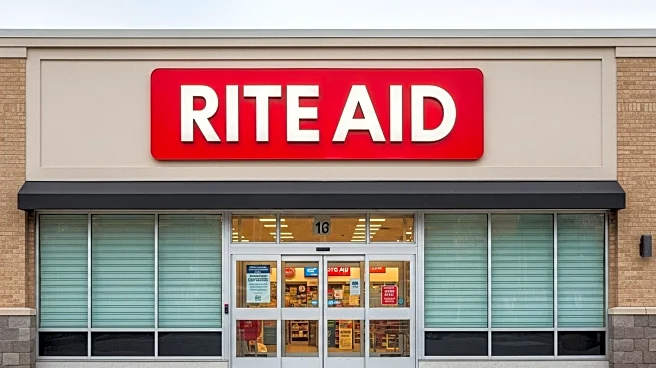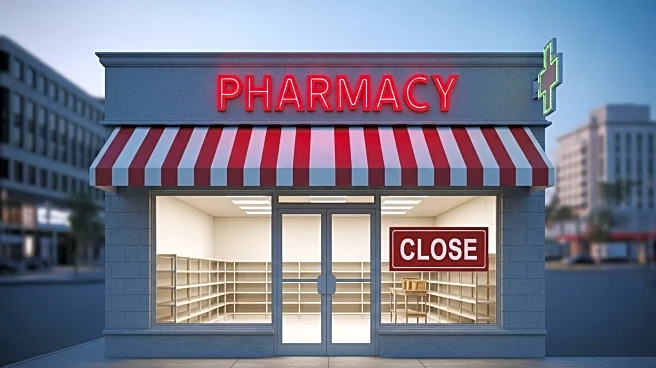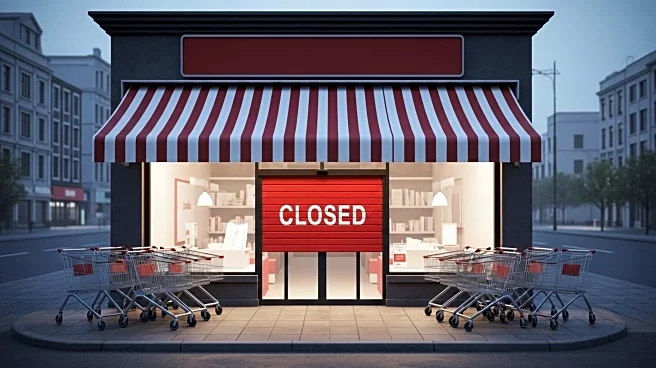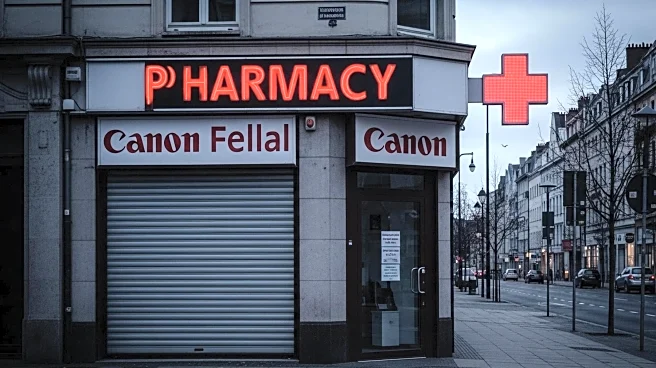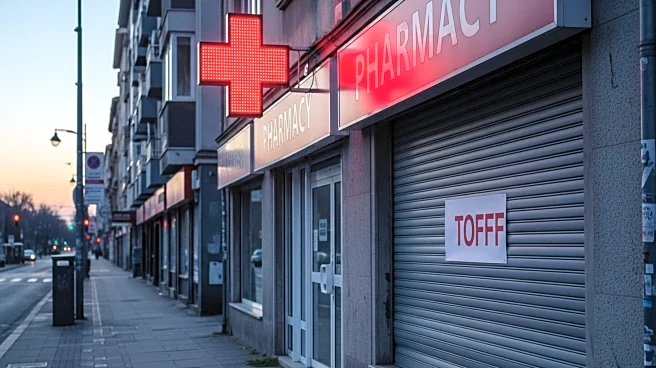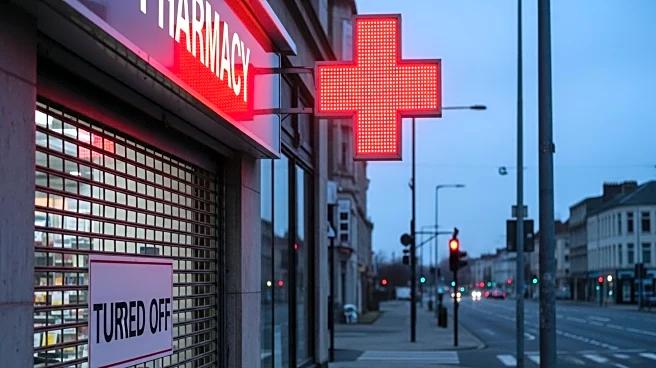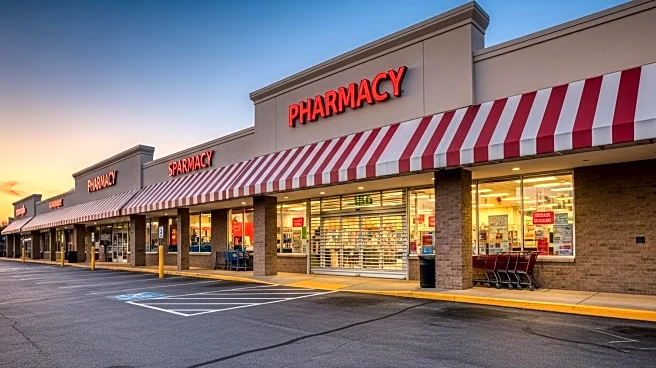What's Happening?
Rite Aid has announced the closure of all its stores across the United States. This decision, made public on Friday, marks a significant shift in the retail pharmacy landscape, as Rite Aid was one of the major pharmacy chains in the country. The closure means that customers who relied on Rite Aid for their pharmaceutical needs will now have to seek alternative options. The company has not provided specific reasons for the closures in the announcement, but it follows a trend of retail challenges faced by brick-and-mortar stores in recent years.
Why It's Important?
The closure of Rite Aid stores nationwide is significant as it affects millions of customers who depended on the chain for their medication and health-related products. This move could lead to increased pressure on other pharmacy chains like CVS and Walgreens, as they may see an influx of new customers. Additionally, the closures could have economic implications, including job losses for Rite Aid employees and potential impacts on local economies where the stores were significant employers. The decision reflects broader challenges in the retail sector, particularly for physical stores competing with online retailers.
What's Next?
Customers will need to transition to other pharmacy providers, which may lead to increased demand and potential service delays at remaining chains. The closure could also prompt discussions among policymakers and industry leaders about the sustainability of traditional retail models in the face of digital competition. For former Rite Aid employees, the focus will likely shift to job placement and retraining opportunities. The retail and pharmaceutical industries will be closely monitoring the situation to assess the broader impacts on market dynamics.


